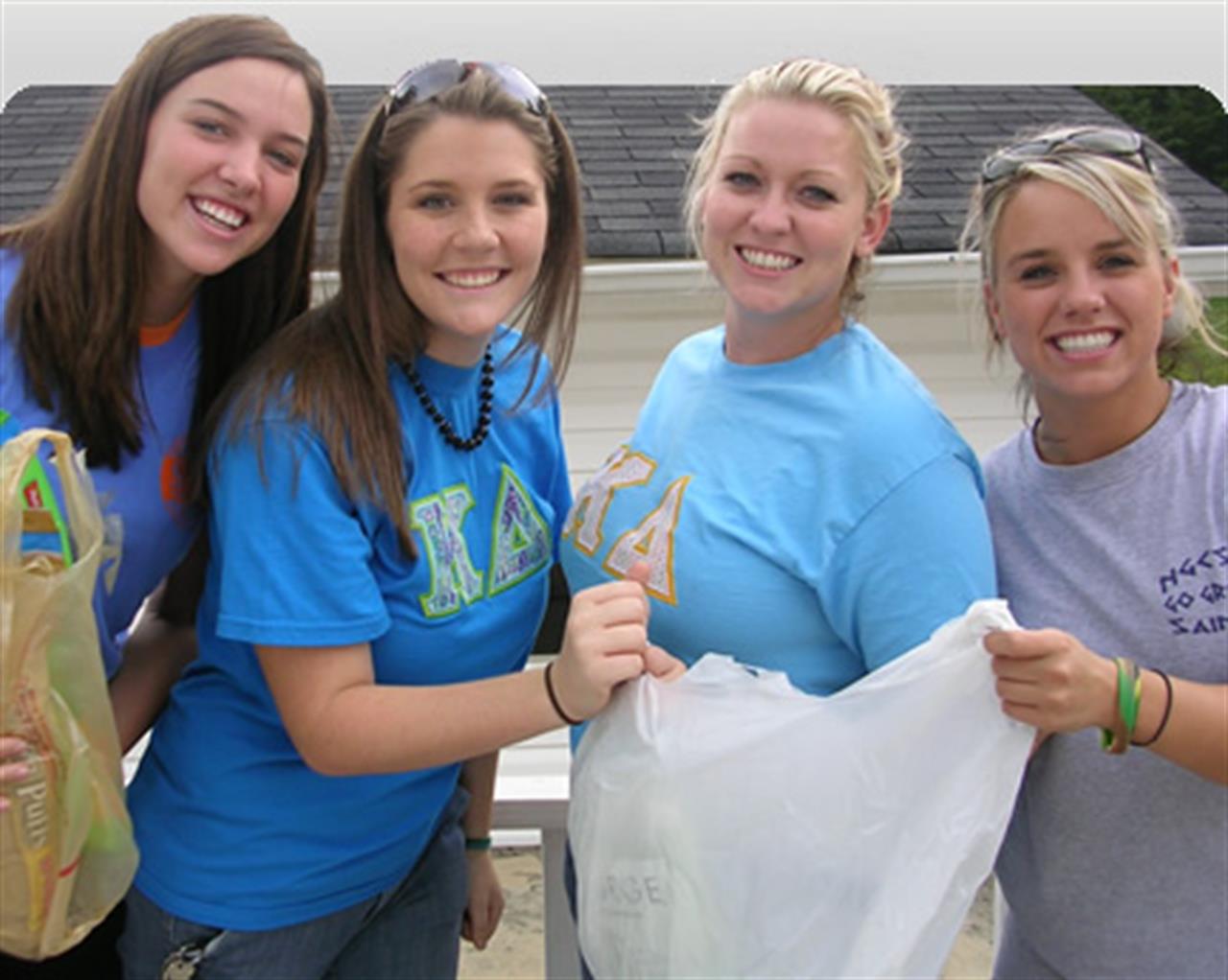Non profit
26% of Americans volunteer
A national survey reveals American volunteering trends in 2007.
di Staff

The USA’s volunteer workforce totalled 60.8 million people in 2007, a promising sign considering that between 2005 and 2006 there had been a 6% decline in volunteer numbers. These are the main findings of a report released by the Corporation for National and Community Service, that says that although the trend is promising, the charity sector mustn’t take for granted that their unpaid staff will stay faithful to the mission. In fact, only one third of volunteers who volunteered in 2006 continued to do so in 2007 reveals the federal government report.
David Eisner, who heads the Corporation for National and Community Service, says non profit groups ought to be more strategic in the ways they recruit, manage, and retain volunteers.
“We need to dive down into these numbers and learn why some folks have lower or higher retention and then spread best practices, like better demonstrating to volunteers the impact of their service,” said Eisner.
The report, however, reveals that there are positive volunteering trends in the USA such as a growing number of volunteers who dedicate substantial time to service. Last year, the proportion of volunteers donating more than 100 hours annually was 34 percent, the highest level since 2002.
The report analyses data culled from annual Census Bureau surveys of roughly 60,000 households around the country. It contains six years of data on volunteering, rankings of states and cities, and volunteer trends and demographic information broken down by state and for 162 large and mid-sized cities.
As reported by The Chronicle of Philanthropy, these are the report’s main findings:
– People who live in mid-sized American cities are more likely to volunteer than residents of big cities. The average volunteer rate for mid-sized cities for 2004 to 2007 was nearly 30 percent, three percentage points higher than the average for big cities.
– College towns are hot spots for volunteering. College towns tend to be home not only to many students with strong volunteering habits, but also a lot of highly educated adults. People who graduate from college and seek higher degrees tend to volunteer more than others, research has found. The three top mid-sized cities for volunteer rates — Provo, Utah (64 percent); Iowa City (45 percent); and Madison, Wisc. (42 percent) — are all college towns.
– Utah had the highest volunteering rate in the nation, almost 44 percent, while California had the largest total number of volunteers, 6.3 million.
While volunteer rates in most states stayed the same or dipped slightly from 2006 to 2007, volunteering grew in other states such as Georgia, Louisiana, New Mexico, Pennsylvania, and South Dakota.
– People are traveling long distances to volunteer. More than 3.7 million Americans, about 6 percent of all volunteers, worked without pay for charitable causes at least 120 miles from their homes last year, including 1.1 million people who traveled overseas. The trend is especially pronounced in the region devastated by Hurricane Katrina. At least one-quarter of Mississippi’s volunteers and one-fifth of Louisiana’s volunteers last year were out-of-state residents.
– Women volunteer more than men, and working women have the highest volunteer rate. About 29 percent of women volunteered last year, compared with roughly 23 percent of men. Women with children and women who work have higher volunteer rates than other women.
Dispelling myths
A commonly held belief about volunteering is that is an activity for people who have a lot of time on their hands. But Eisner dispels the myth: “A deep misconception is that people are more likely to volunteer when they have more leisure time. It is the other way around.”
The report says that 29 percent of people aged 25 to 55 who volunteer say that on a typical day they also spend time on child care, while only 19 percent of those who do not volunteer report child-care duties.
The report also notes a big difference between volunteers and non-volunteers in how much television they watch. In a typical week, volunteers spend about 15 hours watching television, while people who don’t volunteer watch an average of 23 hours.
“People who choose not to give one hour a week to volunteer usually spend at least eight hours more a week watching television, so this is not a replacement equation,” says Mr. Eisner. He says that people with fewer connections, through their neighborhood or place of work, for example, are less likely to feel engaged in their communities and less likely to be asked to volunteer.
Robert Grimm, Jr., the Corporation for National and Community Service’s director of research and policy development, says charities need to reach out to people they might otherwise overlook and, at the same time, make sure they are providing quality opportunities that people will want to make time for.
Local Data
In conjunction with issuing the report, the Corporation for National and Community Service is introducing an interactive Web site with access to all the report’s data and links to tools and training opportunities to help cities and charities and others who manage volunteers strengthen their recruitment and retention strategies. The site also includes a feature where people can plug in their charitable interests and their zip code to find volunteering opportunities in their area.
Nessuno ti regala niente, noi sì
Hai letto questo articolo liberamente, senza essere bloccato dopo le prime righe. Ti è piaciuto? L’hai trovato interessante e utile? Gli articoli online di VITA sono in larga parte accessibili gratuitamente. Ci teniamo sia così per sempre, perché l’informazione è un diritto di tutti. E possiamo farlo grazie al supporto di chi si abbona.
